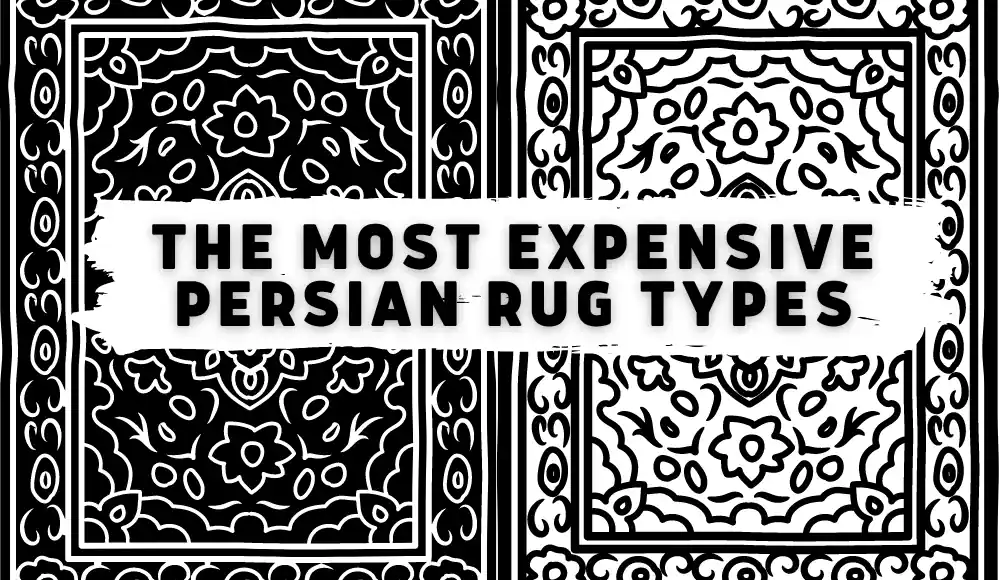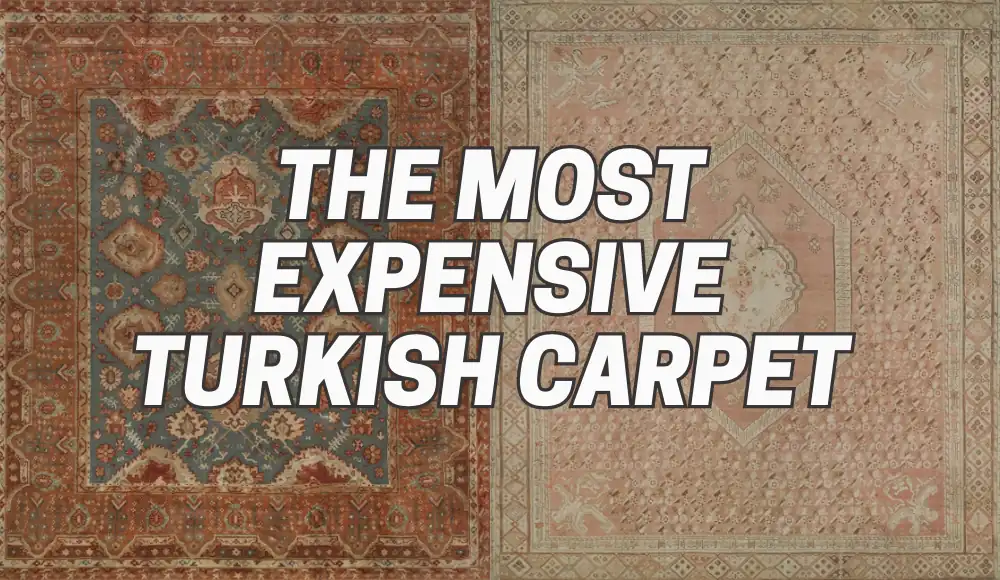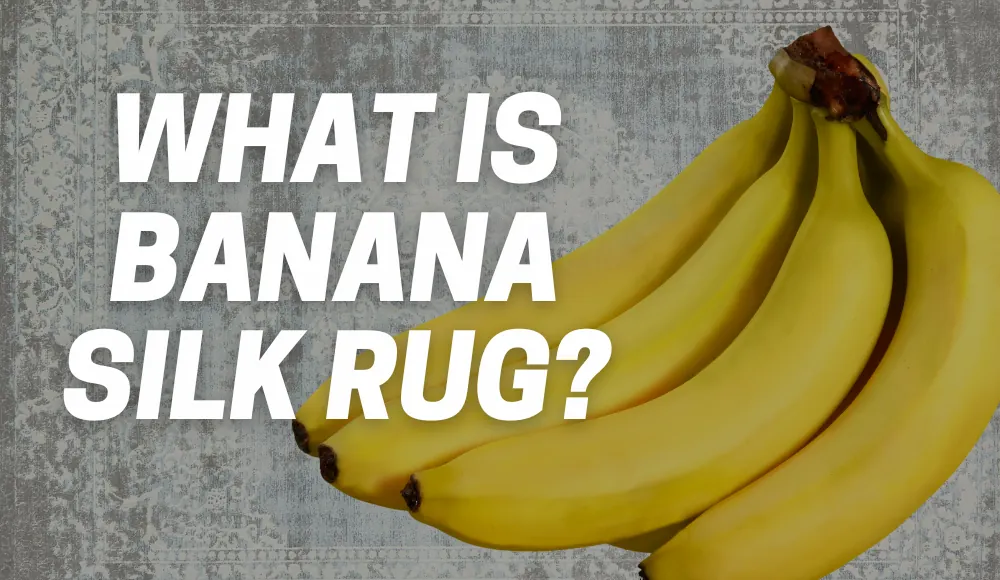Last updated on August 11th, 2023 at 12:48 am
If you’re looking to add a touch of luxury to your home, investing in a Persian rug is a great way to do it. These rugs are known for their intricate designs, high-quality materials, and superior craftsmanship. However, not all Persian rugs are created equal as the carpet types vary including the most expensive Persian rug types.
Some are much more expensive than others, and the reasons for this can be quite complex.
In this article, we’ll take a closer look at what makes Persian rugs so expensive, how they’re made, and the different types of Persian rugs that are available. We’ll also provide some tips for buying a high-quality Persian rug and answer some common questions about these beautiful works of art.
What makes Persian rugs so expensive?
One of the main factors that contribute to the high cost of Persian rugs is the materials that are used to make them.
Many Persian rugs are made from silk, which is a luxurious and expensive material. In addition, many of the dyes used in Persian rugs are made from natural materials, which can also be costly.
Another factor that contributes to the high cost of Persian rugs is the amount of time and skill that goes into making them. Many Persian rugs are hand-woven, which means that each one is unique and requires a significant amount of time to create. Skilled weavers may spend months or even years working on a single rug.
How are Persian rugs made?
Persian rugs are typically made using a hand-knotting technique, which involves tying individual knots onto a foundation of threads. The weaver creates the design of the rug by carefully selecting the colors and patterns of the threads, and then knotting them together to create the final product.

The process of making a Persian rug is incredibly labor-intensive and requires a high level of skill. Weavers must be able to create intricate designs and use a variety of weaving techniques to achieve the desired effect.
What are the different types of Persian rugs?
There are many different types of Persian rugs available, each with its own unique characteristics and design.
Some of the most popular types of Persian rugs include:
- Tabriz rugs: These rugs are known for their intricate designs and high-quality wool. They often feature a central medallion surrounded by elaborate borders.
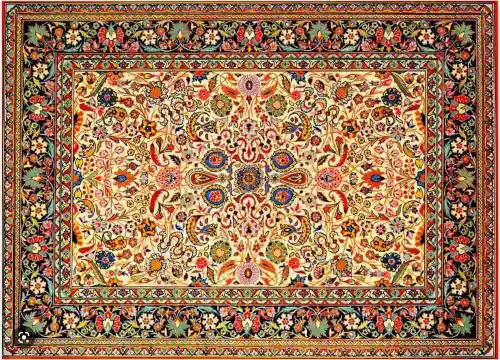
- Kashan rugs: These rugs are known for their use of silk and intricate floral patterns. They are often made with a high knot density, which gives them a luxurious feel.
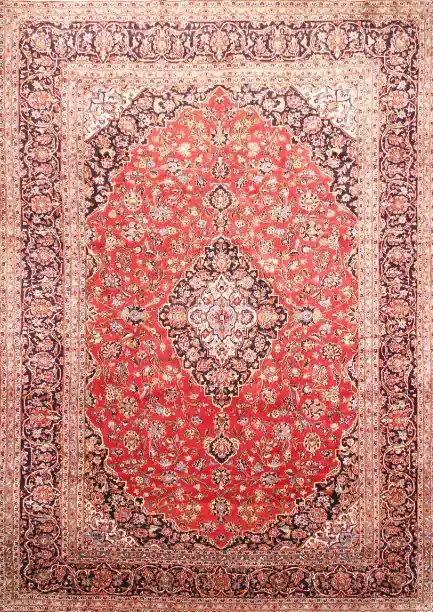
- Isfahan rugs: These rugs are known for their use of bright colors and intricate designs. They are often made with a high knot density and can be quite expensive.
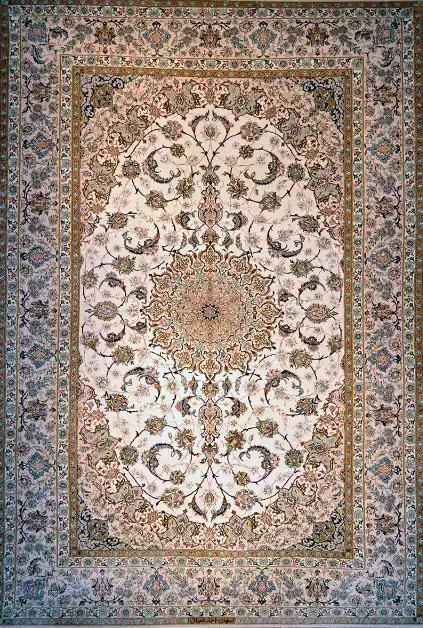
- Nain rugs: These rugs are known for their use of natural materials and intricate floral designs. They are often made with a high knot density (about 300 and 700 knots per square inch) and can be quite expensive.
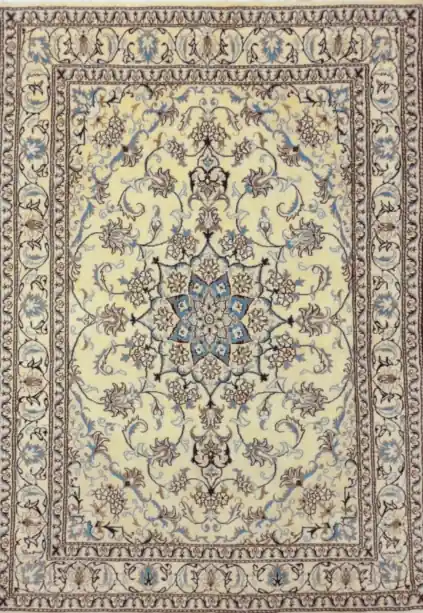
- Heriz rugs
- Qum rugs or Qom rugs
- Kerman rugs
What are the Most Expensive Persian Rug Types?
When it comes to expensive Persian rugs, there are a few types that stand out above the rest. These rugs are highly sought after by collectors and can fetch incredibly high prices at auction.
Some of the most expensive Persian rug types include:
- Kerman rugs: These rugs are known for their intricate designs and use of high-quality materials. They are often made with silk and can take years to create.
- Qum rugs or Qom rugs: These rugs are known for their use of silk and intricate floral designs. They are often made with a high knot density and can take years to create.
- Isfahan rugs: As mentioned earlier, Isfahan rugs are known for their use of bright colors and intricate designs. They are often made with a high knot density and can be quite expensive.
What type of Persian rug is the most valuable?
The most valuable type of Persian rug is typically the one that is the rarest and most sought after by collectors. These rugs are often antique, handwoven pieces made using traditional techniques and materials.
The value of a Persian rug can also depend on its size, condition, and the quality of the materials used.
One example of a valuable Persian rug is the Tabriz rug, which is known for its intricate designs and high quality. These rugs are made in the city of Tabriz in northwest Iran and are often characterized by their symmetrical knots, floral motifs, and intricate borders.
Tabriz rugs on Amazon (price range from $1200 to $85 000):
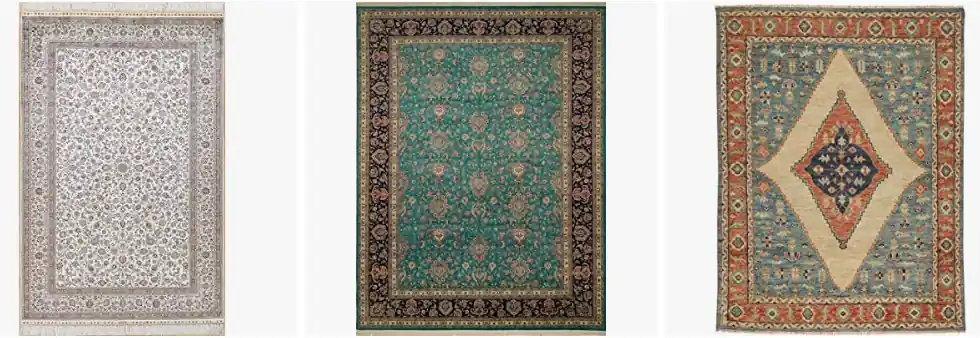
Another valuable Persian rug is the Isfahan rug, which is made in the city of Isfahan in central Iran. These rugs are known for their high knot density, which results in intricate designs and fine details. Isfahan rugs often feature floral and medallion designs and are made using high-quality materials such as silk and wool.
Isfahan wool and silk rug on Amazon (price range from $2000 to $10 000):

Which type of Persian rug is best?
Determining which type of Persian rug is best depends on personal preference and the intended use of the rug.
However, some factors to consider when choosing a Persian rug include the quality of the materials used, the design and pattern of the rug, and the knot density.
For those who appreciate intricate designs and fine details, Isfahan rugs and Tabriz rugs are often considered some of the best Persian rugs. These rugs are made using high-quality materials and feature intricate designs and details that make them stand out.
For those who prefer a simpler design, the Heriz rug may be a good option. Heriz rugs are known for their geometric designs and bold colors, making them a popular choice for more modern decor.
Heriz wool and silk rug on Amazon (price range from $3000 to $60 000):

What are the most desirable Persian rugs?
The most desirable Persian rugs are often those that are rare, made using traditional techniques and materials, and have intricate designs and details. Antique Persian rugs are highly sought after by collectors and can be worth a significant amount of money – from $10 000 to $130 000.

Some of the most desirable Persian rugs include the Isfahan rug, Tabriz rug, and Kashan rug. These rugs are known for their high-quality materials, intricate designs, and fine details.
How can you tell if a Persian rug is authentic?
There are several ways to tell if a Persian rug is authentic, including examining the materials, knots, and design of the rug.
Here are a few things to look for:
- Materials: Authentic Persian rugs are made using high-quality materials such as wool, silk, and cotton. Check the back of the rug to see if it is made from natural materials or synthetic materials.
- Knots: Persian rugs are handwoven, and each knot is tied individually. Look at the back of the rug to see if the knots are uniform and evenly spaced.
- Design: Persian rugs are known for their intricate designs and patterns. Look at the design of the rug to see if it is symmetrical and features traditional Persian motifs.
Where can you buy Persian rugs?
Persian rugs can be purchased from a variety of sources, including online retailers, online marketplaces (eBay, Amazon), specialty rug stores, and antique dealers. It’s important to do your research and choose a reputable seller to ensure that you are getting an authentic Persian rug.
If you are interested in purchasing an antique Persian rug, consider visiting an auction house that specializes in rugs and textiles. You may be able to find a rare and valuable piece that you wouldn’t be able to find elsewhere.
In conclusion, Persian rugs are known for their intricate designs, high-quality materials, and fine details. The most valuable Persian rugs are often those that are rare, antique, and made using traditional techniques and materials.
When choosing a Persian rug, consider factors such as the quality of the materials, the design and pattern, and the knot density. And remember to always choose a reputable seller when purchasing a Persian rug.
FAQs about the Most Expensive Persian Rug Types
How do I know if my Persian rug is expensive?
Determining the value of a Persian rug can be challenging, but there are a few factors to consider. The first thing to look for is the quality of the materials and craftsmanship. A rug made from high-quality silk or wool and woven tightly and intricately is likely to be more valuable than a rug made from cheaper materials or with less attention to detail.
Additionally, the design and pattern of the rug can also impact its value, with certain rare and intricate designs being highly prized by collectors. To get a more accurate sense of the value of your Persian rug, it is recommended to have it appraised by a professional.
What was the most expensive rug ever sold?
The most expensive rug ever sold is the “Clark Sickle-Leaf Carpet,” which sold for a whopping $33.7 million at an auction in New York in 2013. The rug is a 17th-century Persian rug and is widely considered to be one of the most important surviving examples of its kind.
Its unique design and excellent condition, combined with its rarity, made it highly sought after by collectors, driving up the price to an extraordinary level. The buyer, who chose to remain anonymous, reportedly beat out several other bidders to acquire the historic piece.
